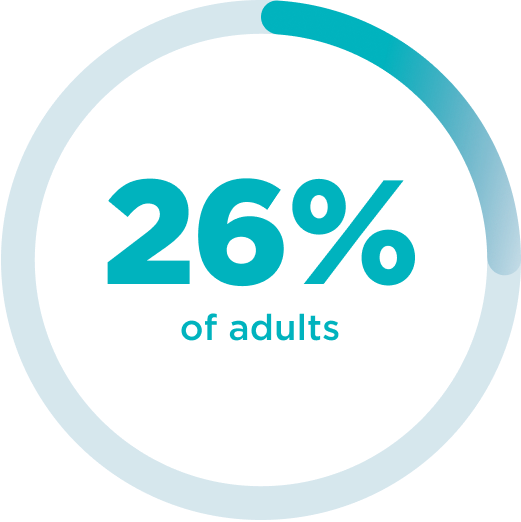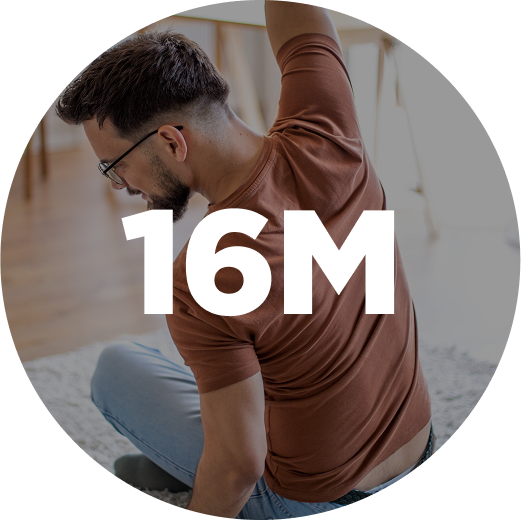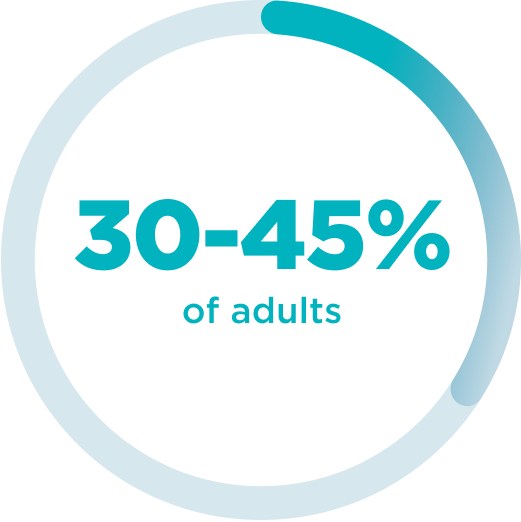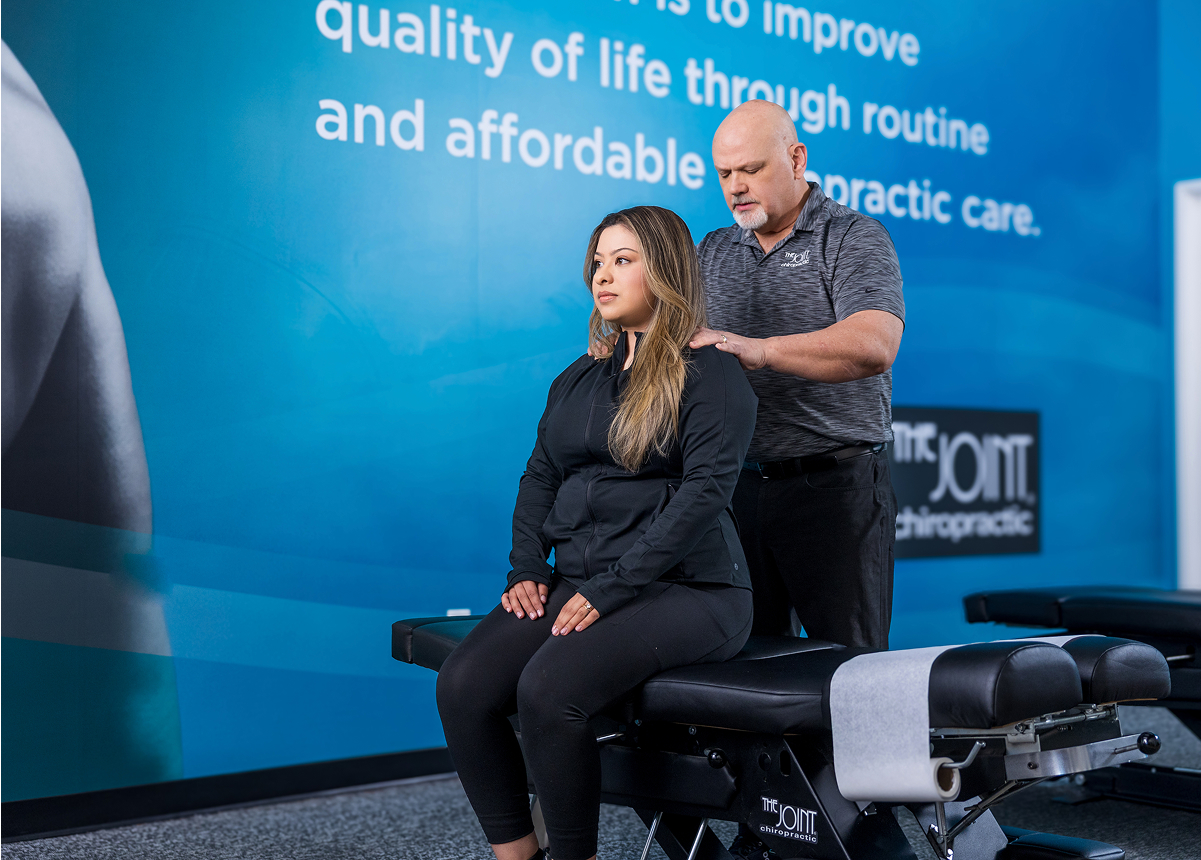1 Martin, B. I., Tosteson, A. N. A., Lurie, J. D., Mirza, S. K., Goodney, P. R., Dzebisashvili, N., Goodman, D. C., & Bronner, K. K. (2014, October 28). Variation in the care of surgical conditions: Spinal stenosis: A Dartmouth Atlas of Health Care Series [Internet edition]. The Dartmouth Institute for Health Policy and Clinical Practice. https://www.ncbi.nlm.nih.gov/books/NBK586768/
2 Healthy Policy Institute. Chronic Back Pain. Found on the internet at https://hpi.georgetown.edu/backpain
3 World Health Organization (WHO). Low back pain. June 19, 2023. Found on the internet at https://www.who.int/news-room/fact-sheets/detail/low-back-pain
4 See, Q. Y., Tan, J.-N. B., & Kumar, D. S. (2021, June). Acute low back pain: Diagnosis and management. Singapore Medical Journal, 62(6), 271–275. https://doi.org/10.11622/smedj.2021086
5 McMorland, G., Suter, E., Casha, S., du Plessis, S. J., & Hurlbert, R. J. (2010). Manipulation or microdiskectomy for sciatica? A prospective randomized clinical study. Journal of Manipulative and Physiological Therapeutics, 33 (8), 576-584
























